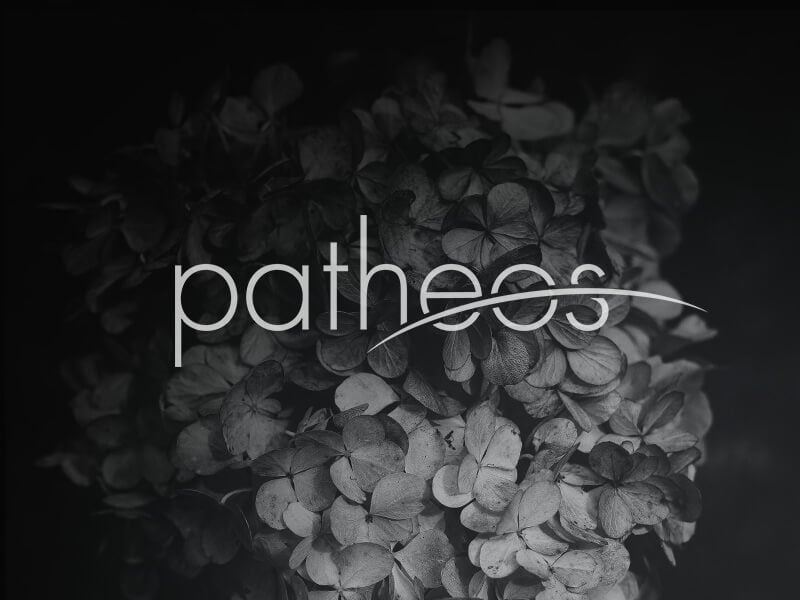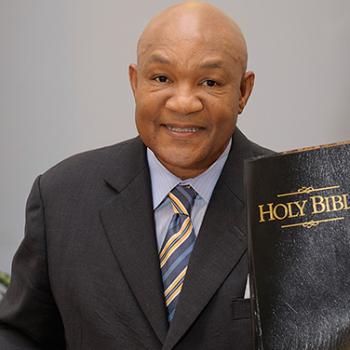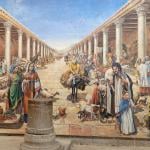Command, Clement of Alexandria wrote, involved “caution, risk taking, and the union of the two,” and these expressed themselves in words, deeds, or word-deeds. Moses was the great model of command, not only to Israel but to the Greeks (Stromateis, 1.24). Moses’ night march through the sea guided by a pillar was imitated by Miltiades at Marathon: “Hippias, the Athenian defector, had conducted the barbarian forces into Africa, and, knowing the country, seized and held the points of vantage. The... Read more




















